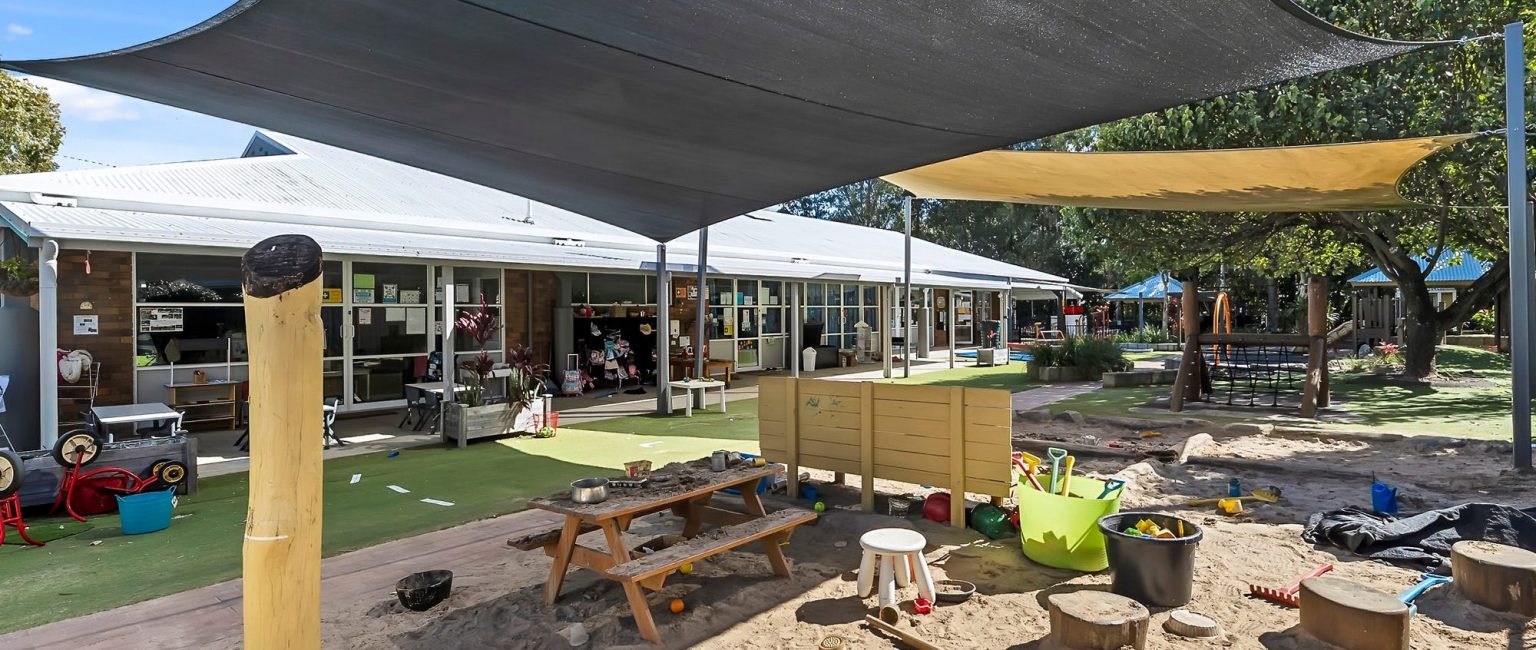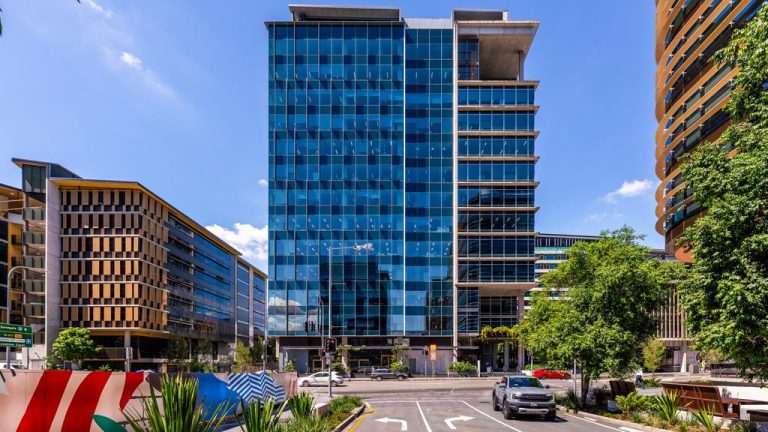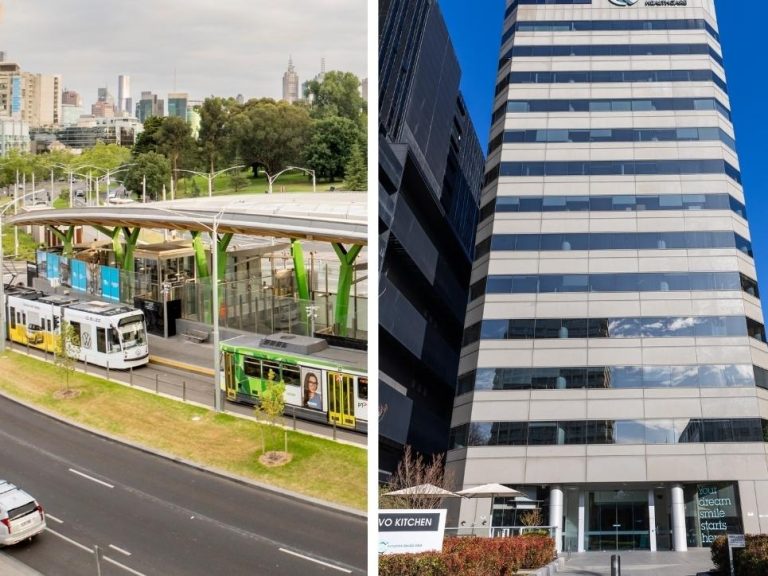Federal budget 2022: childcare, health and industrial sectors set to benefit

In its first budget, the Albanese government has sought to walk a fine line between providing cost of living relief to Australians while, at the same time, avoiding adding further fuel to inflation.
Their strategy has been to provide targeted relief to those who need it most, with a focus on increasing housing affordability, improving access to childcare and healthcare, and investing in industries that will drive economic growth.
For the commercial real estate sector, there are several key takeaways.
Expanding childcare subsidies will help operators
The childcare sector is one of the major beneficiaries of the budget. Over the next four years, the federal government will invest over $4.7 billion in the sector, providing increased subsidies and access to childcare for over one million families.
Not only is this likely to drive up the number of children in childcare, but it could also increase the average number of hours each child spends in care.
For couple families with children under 15, the proportion with both partners employed increased from 60% in June 2009 to 71% in June 2021. What’s more, the average number of hours per week a child spends in care has been steadily rising over time.
By expanding childcare subsidies, these trends should continue, supporting the success of childcare operators and driving demand for the buildings they occupy.
Increased healthcare spending will boost need for more spaces
Healthcare is another sector that has benefited from the latest federal budget. Increased spending on aged care, hospitals and the NDIS will support the need for more healthcare spaces.

Increased healthcare spending on both the NDIS and aged care will over time create more need for medical spaces. Picture: realcommercial.com.au/for-sale
Other healthcare assets, including clinics and research facilities such as laboratories, will also benefit from increased spending in the sector.
The government is likely to continue ramping up healthcare expenditure over the years to come due to Australia’s aging population. Currently, 17% of Australians are aged 65 or over, a proportion predicted to hit 20% over the next 10 years, according to the Australian Bureau of Statistics.
Future Made in Australia set to boost industrial sector
Industrial real estate has been an outperformer over recent years, benefiting from the accelerated adoption of e-commerce due to the pandemic.

Growth in occupier demand has outpaced the supply of new industrial real estate, pushing vacancy to record lows and rents to new highs.
The government’s Future Made in Australia plan could further increase the need for industrial and logistics space.
This plan sets out a strategy for increasing and onshoring manufacturing, as well as securing and improving supply chains, and expanding the industrial base.
Where could the challenges lie?
The global economy is moving into more turbulent waters, and this will have implications for Australia.
Inflation is predicted to hit 7.75% by year end and the government has revised down its economic growth forecast for the 2023-24 financial year to just 1.5%.
Slower economic growth will impact businesses and, as a direct consequence, the spaces businesses occupy.
Throughout the pandemic we saw commercial real estate investors adjust their strategies, diversifying away from higher risk assets towards ‘pandemic proof’ properties.
Now that the pandemic is largely behind us, the strategy is shifting towards ‘recession proof’ assets.
As a result, we are likely to continue to see a divergence in performance across the various commercial real estate sectors.
Assets housing essential services, particularly those supported by government spending such as childcare and healthcare will continue to outperform, while those with less resilient tenants could see values take a hit.







